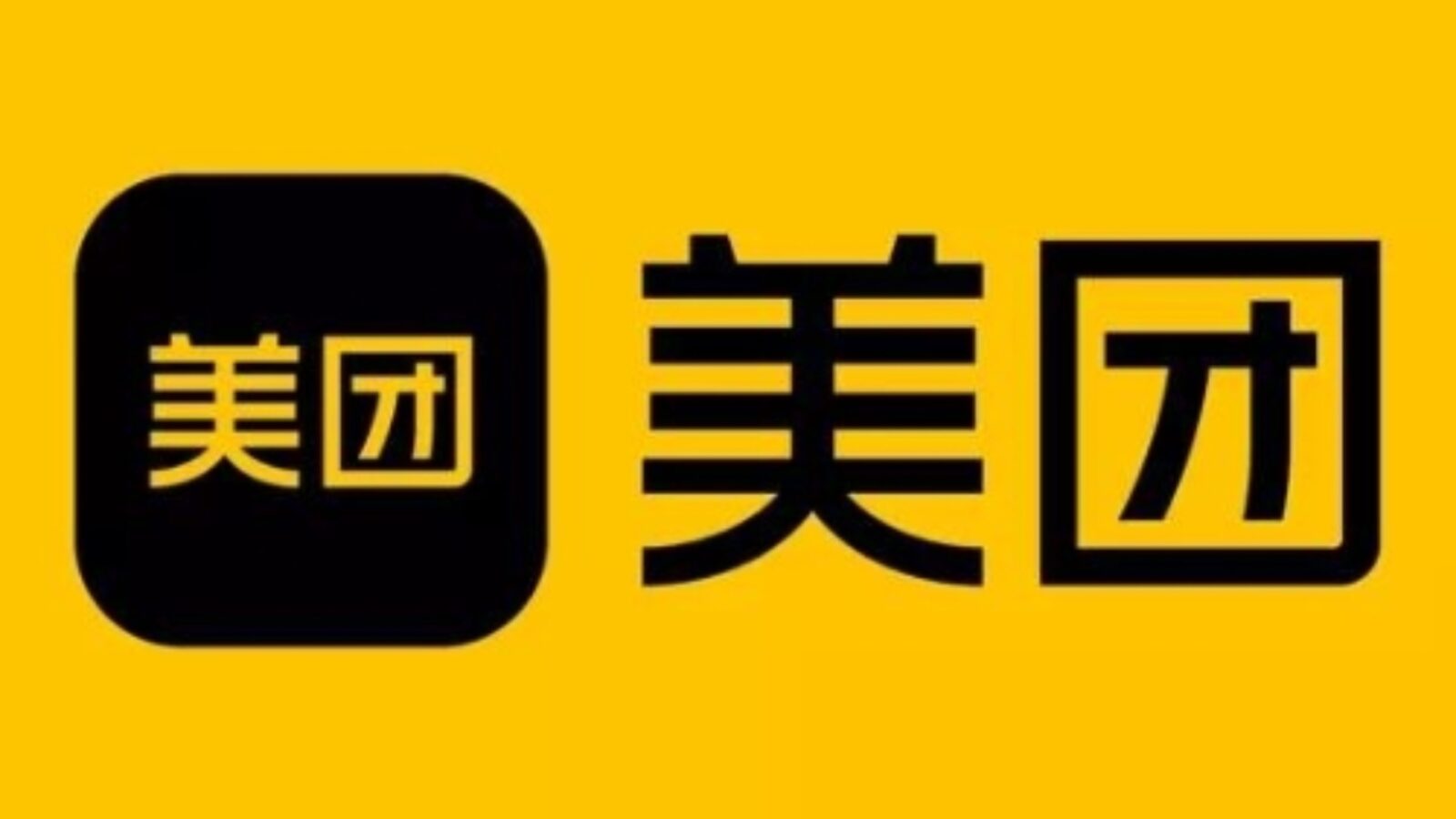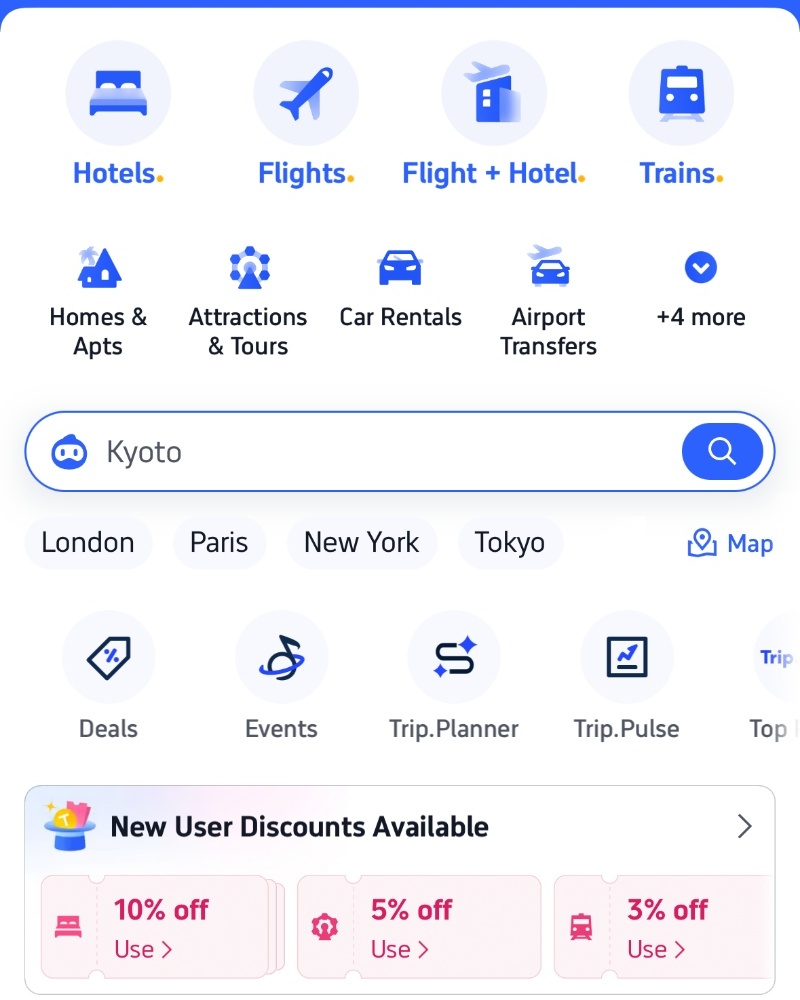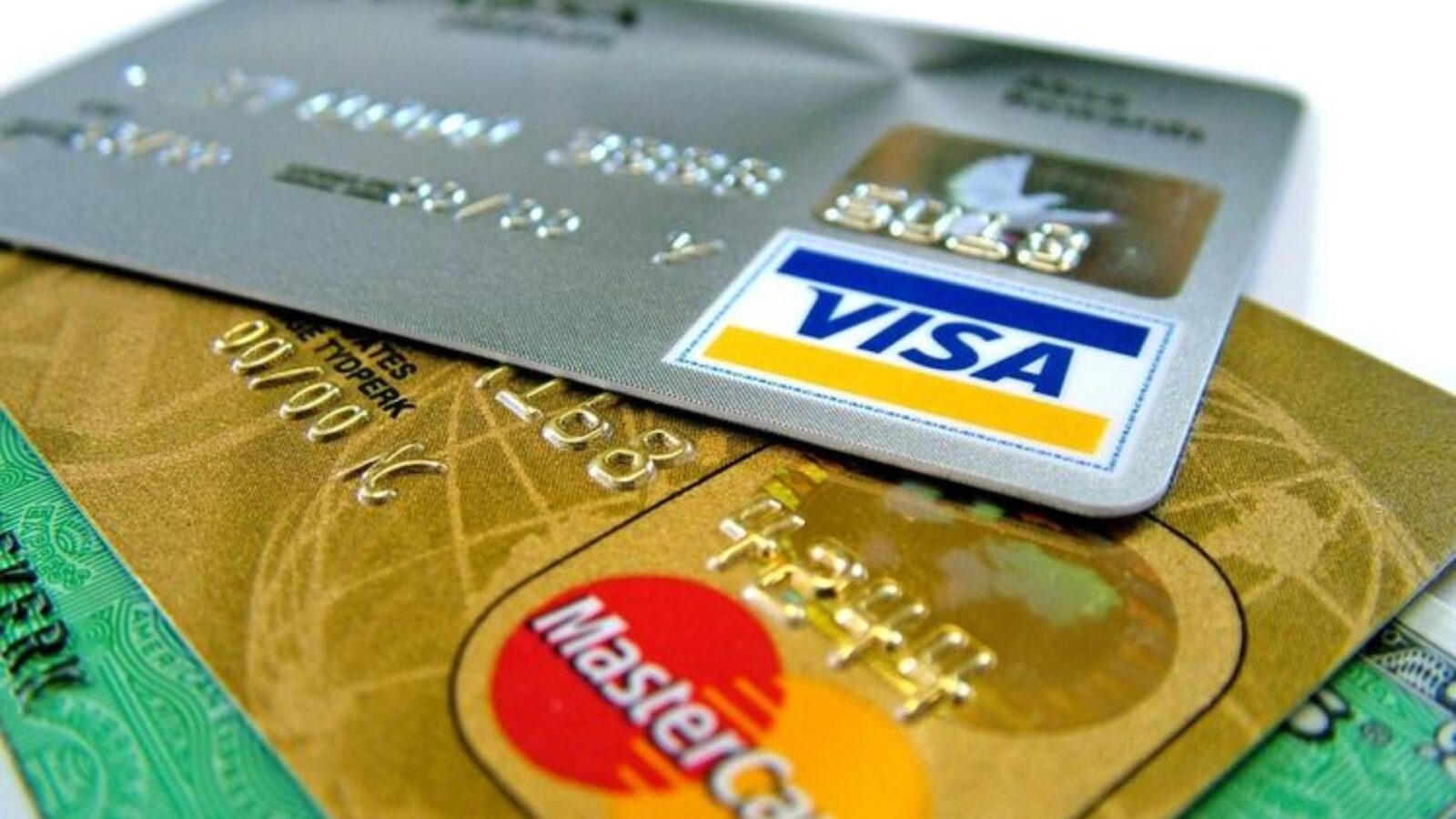Some travelers bring guidebooks, others bring phrase apps. In China? Bring your phone—and make sure you know how to use an Alipay QR code. Whether you’re buying train tickets, grabbing bubble tea, or paying for a mountain cable car, scanning is the language everyone speaks. The tricky part is figuring out which code to scan, when to show yours, and what to do if the Wi-Fi dies. Let’s untangle that before your next adventure.

Alipay
Alipay QR Code Basics
In today’s China, the Alipay QR code isn’t just a payment method—it’s the rhythm of daily life. You see it taped to a steamed bun cart in Xi’an, glowing on a checkout screen in Shanghai, or printed beside a high-speed rail seat number. People scan without even looking twice. If you don’t, well… you might end up fishing for coins nobody takes anymore.
There are two main ways it works. One is the merchant-presented code—a dynamic square the shop shows you, and you scan it to pay. The other is the customer-presented code, where you open Alipay, tap “Pay,” and hand over your phone for the cashier to scan. Sounds simple, but many travelers mix them up and get that awkward pause at the counter.
Worried about safety? You can check our detailed guide here: Is Alipay Safe in 2025? It’s not a perfect world, but the mix of passwords, encryption, and quick payment confirmation makes it as solid as you can reasonably expect on the road.
How Foreigners Use Alipay QR Code
Scan merchant QR to pay
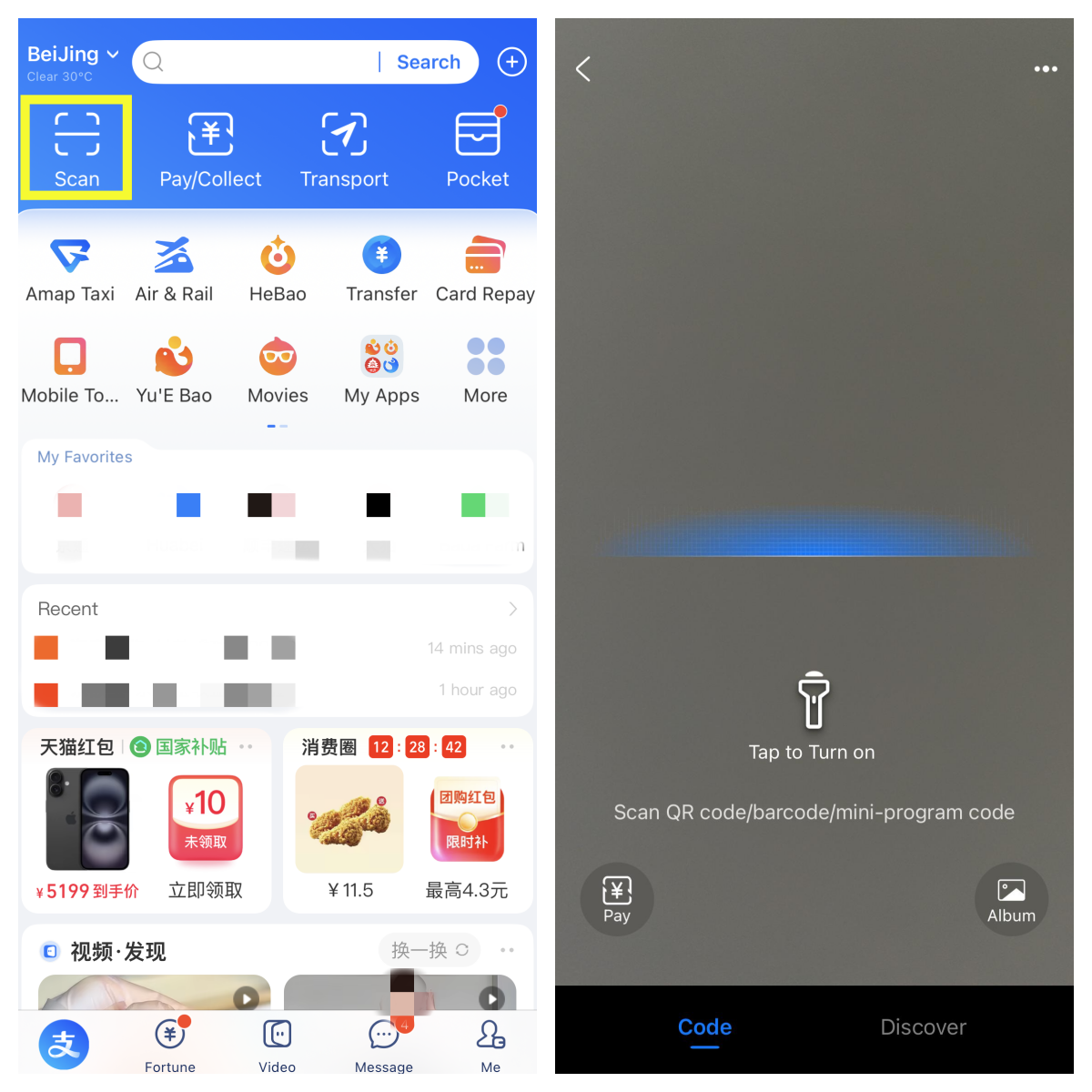
Scan merchant’s Alipay QR code
Scan merchant QR to pay is the version most tourists meet first. Here’s how it usually goes:
Step 1: Spot the Alipay QR code at the counter—it might be on a tablet screen, a tiny plastic stand, or even a crumpled sticker.
Step 2: Open your Alipay app, tap the Scan icon on the home screen. No hunting through menus; it’s right there.
Step 3: Point your camera at the merchant’s code. If it’s a dynamic code, the amount will pop up instantly.
Step 4: Check the amount (yes, double-check, especially in busy markets), then enter your 6-digit payment password or use fingerprint/Face ID.
Step 5: Wait a second or two—Alipay flashes a green check mark, and the cashier nods you on.
It’s quick, but in a crowded shop, fumbling for the right button can hold up the line. Practice once or twice before you really need it.
Show your code to the cashier
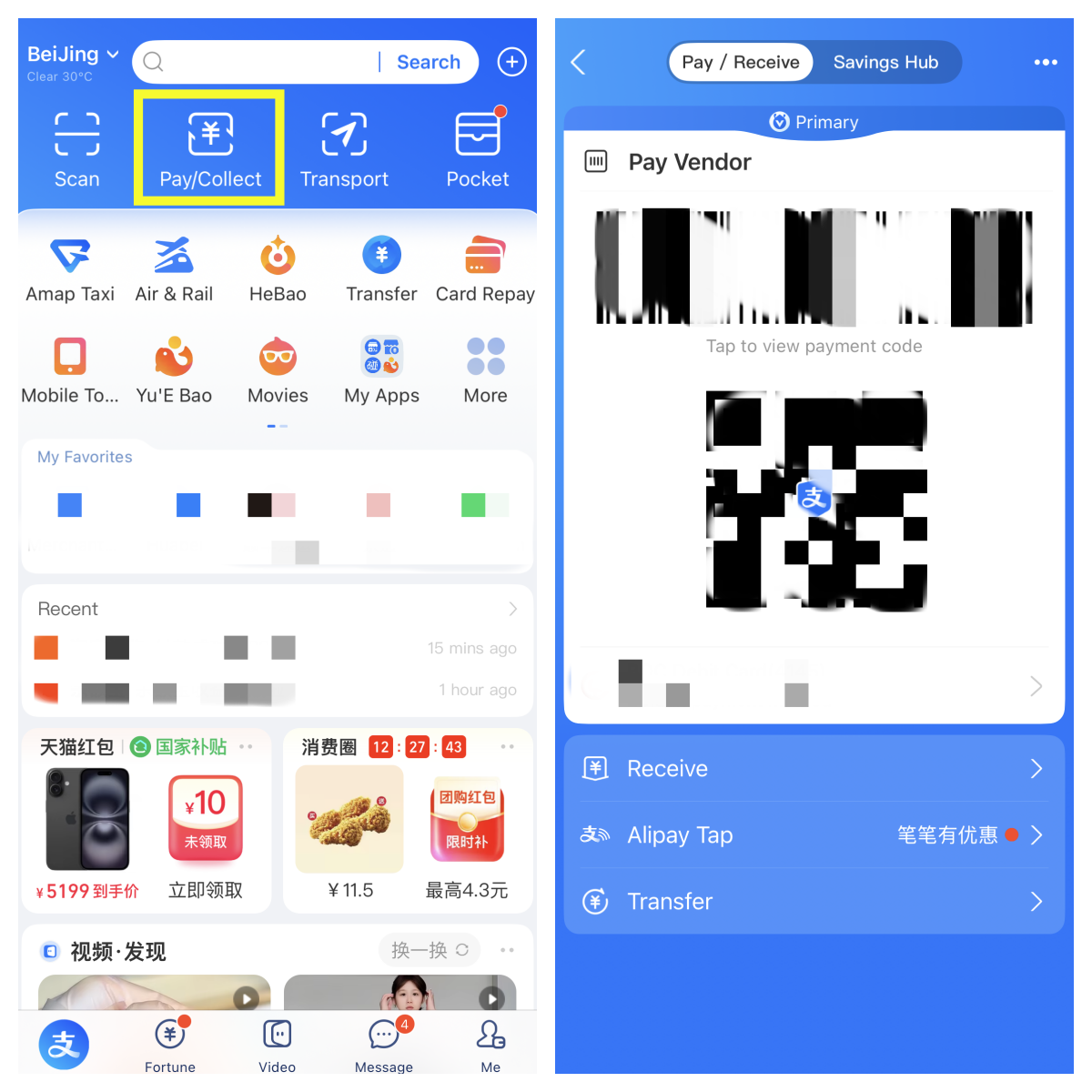
Show personal payment code
Show your code to the cashier works the other way around—you give them something to scan. Common in convenience stores, metro stations, even tiny noodle shops.
Step 1: Open the Alipay app and tap Pay. Your payment QR code appears, usually with a flickering blue border if it’s active.
Step 2: Hold your phone screen toward the cashier or the station gate scanner. At a metro turnstile, you just aim it at the glass panel until it beeps.
Step 3: Wait for the scan to register—some older scanners take a second longer, especially in outdoor kiosks.
Step 4: You’ll see a green tick or hear a confirmation sound, and you’re done.
By the way, linking an international card or using the “Tour Pass” prepaid card can also generate a QR code—Check our full Alipay guide here. And if you’re curious how this compares with WeChat’s version, see the WeChat QR Code guide. In both cases, the smoother you are, the less attention you draw in a busy queue.
Common Problems and Mistakes
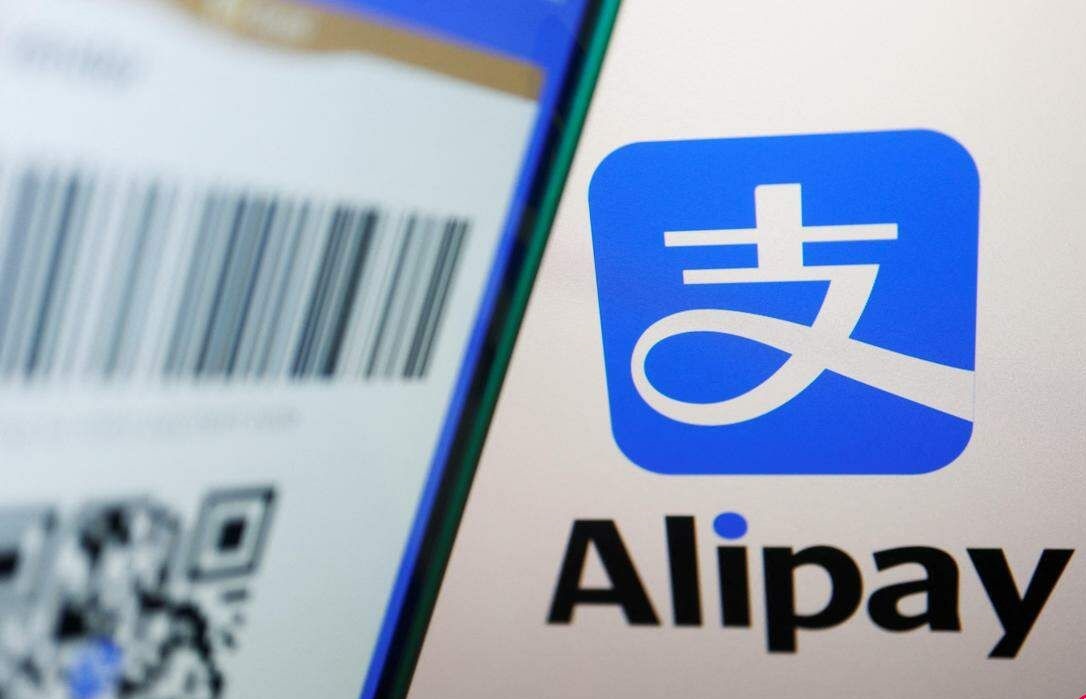
Alipay QR code
Not every Alipay QR code you see is safe to scan. Some tourists end up pointing their camera at a printed static code taped to a random wall, only to find it’s expired—or worse, it belongs to a scammer. A legit dynamic code will usually refresh every minute or so, sometimes with a faint animation or countdown in the corner. If nothing changes on the screen, that’s a red flag.
Another snag? No internet. Without data, your payment code can hang there, refusing to load. In a crowded shop or at a metro gate, that’s enough to make you sweat. Locals sometimes screenshot their code as a backup, but keep in mind, not all merchants accept static images. If you’re staying longer, even a cheap local SIM or a physical transport card can save you from that awkward standstill.
Where Alipay QR Codes Work
You’ll spot the Alipay QR code far beyond malls and noodle shops. Public toilets in Hangzhou? Tap and scan. A bus ride in Guangzhou? Same deal. Even in night markets, the vendor’s phone screen might glow with a QR code instead of a cash box.
Online, it’s everywhere too—ticket sites, Taobao, Meituan. You pick what you want, choose “Scan to Pay”, and your phone camera does the rest. No tedious logins, just a quick check of the amount before confirming.
And it’s not only in mainland China. Hong Kong and Macau take it in stores and online; Singapore, Malaysia, Philippines, Maldives, and Sri Lanka all support in-store payments. That means your tourist budget stretches without swapping to local wallets.Alipay Global Service Network lists all supported regions and payment channels.
If you’re wondering how it stacks up against WeChat, see our full comparison here. In some places, both work; in others, one might just make life easier.
Frequently Asked Questions (FAQs)
Q: Can I store multiple payment methods under one Alipay QR code?
Yes, you can link more than one card to your Alipay account. When you scan or show your Alipay QR code, the payment will use your default card, but you can switch to another linked card before confirming. This is useful if you want to keep a travel card for small purchases and a primary card for bigger expenses.
Q: Does the Alipay QR code change for each transaction?
For merchant-presented codes, they’re often dynamic and refresh automatically to prevent fraud. For customer-presented codes, your payment code changes in the background every time you open it, even if it looks the same to you. This refresh mechanism is part of Alipay’s security design.
Q: Can I pay in foreign currency with my Alipay QR code?
In most cases, no—you pay in Chinese Yuan, and your bank or card provider handles the currency conversion. In supported overseas locations, the merchant might display local currency amounts, but the charge still processes in CNY through your Alipay-linked card.
Q: What happens if my phone battery dies before I can show my QR code?
You can’t pay without a working phone or a printed backup. Some tourists carry a small power bank, or a printed copy of their Alipay QR code (though printed copies may not be accepted in all places). If you’re traveling in China for longer, a transit card or backup payment method is smart.
Q: Can two people share one Alipay QR code for payments?
Technically, no—your Alipay QR code is tied to your personal account. Sharing it means the payment will come from one person’s account, and it could create confusion in tracking expenses. If traveling with friends, it’s better for each person to set up their own account to keep spending separate.
